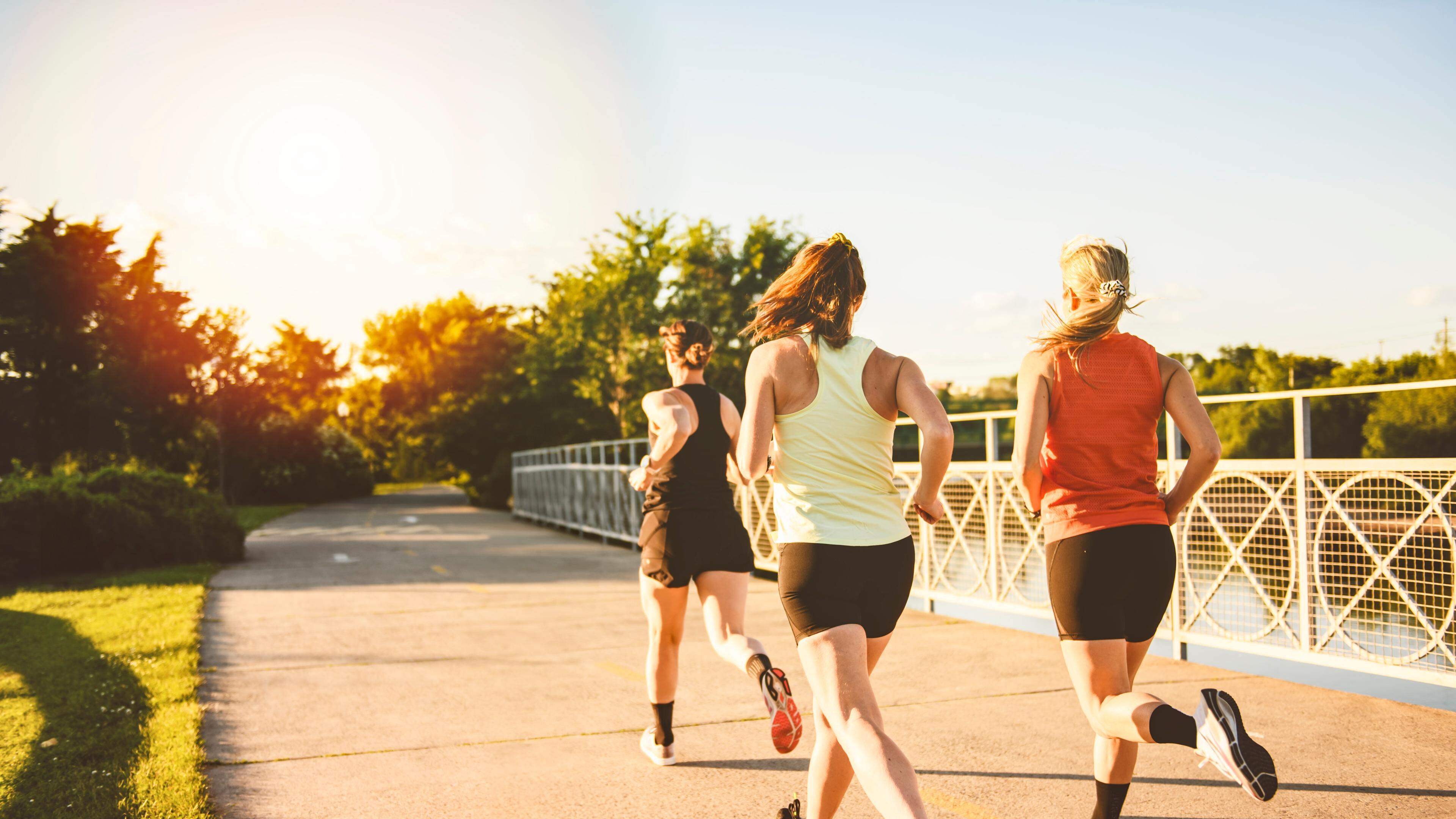Researchers from Luxembourg want to improve running shoes

Can the correct running shoe damping protect against injuries? This question deals with a new scientific study that the Luxembourg Institute of Health (LIH) conducts together with the sporting goods manufacturer Decathlon. Over a period of six months, more than 1,000 runners should test different shoe models in order to analyze the influence of damping on the risk of injury.
The study by the research group « Physical Activity, Sport and Health » (Pash) wants to examine how the material nature in the heel and forefoot area affects the susceptibility to injury. Three different running shoe models with different damping systems are used. All participants receive a free pair of running shoes and record their running activities using a sports watch. You report on possible injuries every week about a specially developed web application. At the end of the study, give back the shoes so that they can be evaluated scientifically.
So you really start jogging
Findings for runners and manufacturers
« This research is an important step to better understand what role damping in the prevention of running injuries, » explains Dr. Laurent Malisoux, head of the research group « Physical Activity, Sport and Health » at LIH. « Our former study has already shown that greater damping can reduce the risk of injury. Now we want to investigate which factors are decisive. »
Thanks to this scientific research, we can expand our knowledge about the effect of the shoe construction.
Cédric Morio
Decathlon
Already between 2017 and 2020, the LIH and Decathlon carried out a large -scale examination with more than 800 leisure runners. Over 24,000 running activities with a total distance of 220,000 kilometers were analyzed. The result: runners with less steamed shoes had a 52 percent higher risk of injury. Complaints on ankles (26 percent), knees (22 percent) and lower legs (18 percent) occurred particularly frequently.
How must the ideal running shoe be? The Luxembourg Institute of Health dedicates this question to a large -scale study with more than 1,000 participants. Photo: Shutterstock
Practical effects
The current study should now show more in more detail which specific damping materials are particularly effective. The focus is on new “extra soft” foam pads, which are placed in various areas of the shoe. The knowledge gained could lead to improved shoe models in the long term, which not only reduce the risk of injury, but also increase running comfort.
Researchers from Luxembourg are developing a new method for diabetes recognition
The results are also very important for sporting goods manufacturers. Cédric Morio from Decathlon explains: « Thanks to this scientific research, we can expand our knowledge about the effect of the shoe construction and develop products that improve both the performance and the security of the athletes. »
Interested runners are invited to Lih website to apply for participation in the study.







